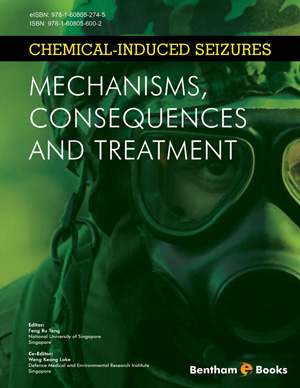Abstract
Acute organophosphate (OP) intoxication is associated with many symptoms and clinical signs, including potentially life-threatening seizures and status epilepticus. Instead of being linked to the direct cholinergic toxidrome, OP-related seizures are more probably linked to the interaction of OPs with acetylcholineindependent neuromodulation pathways, such as GABA and NMDA. The importance of preventing, or recognizing and treating OP-related seizures lies in that, the central nervous system (CNS) damage from OP poisoning is thought to be due to the excitotoxicity of the seizure activity itself rather than a direct toxic effect. Muscular weakness and paralysis occurring 1-4 days after the resolution of an acute cholinergic toxidrome, the intermediate syndrome is usually not diagnosed until significant respiratory insufficiency has occurred; it is nevertheless a major cause of OP-induced morbidity and mortality and requires aggressive supportive treatment. The condition usually resolves spontaneously in 1-2 weeks.
Treatment of OP intoxication relies on prompt diagnosis, and specific and immediate treatment of the lifethreatening symptoms. Since patients suffering from OP poisoning can secondarily expose care providers via contaminated skin, clothing, hair, or body fluids. EMS and hospital caregivers should be prepared to protect themselves with appropriate protective equipment, isolate such patients, and decontaminate them. After prompt decontamination, the initial priority of patient management is an immediate ABCDE (A : airway, B : breathing, C : circulation, D : dysfunction or disability of the central nervous system, and E : exposure) resuscitation approach, including aggressive respiratory support, since respiratory failure is the usual ultimate cause of death. The subsequent priority is initiating atropine therapy to oppose the muscarinic symptoms and diazepam to prevent or control seizures, with oximes added to enhance acetylcholinesterase (AChE) activity recovery. Large doses of atropine and oximes may be necessary for poisoning due to suicidal ingestions of OP pesticides.






















